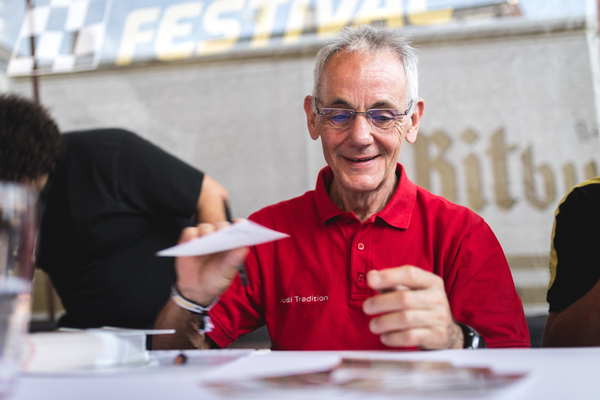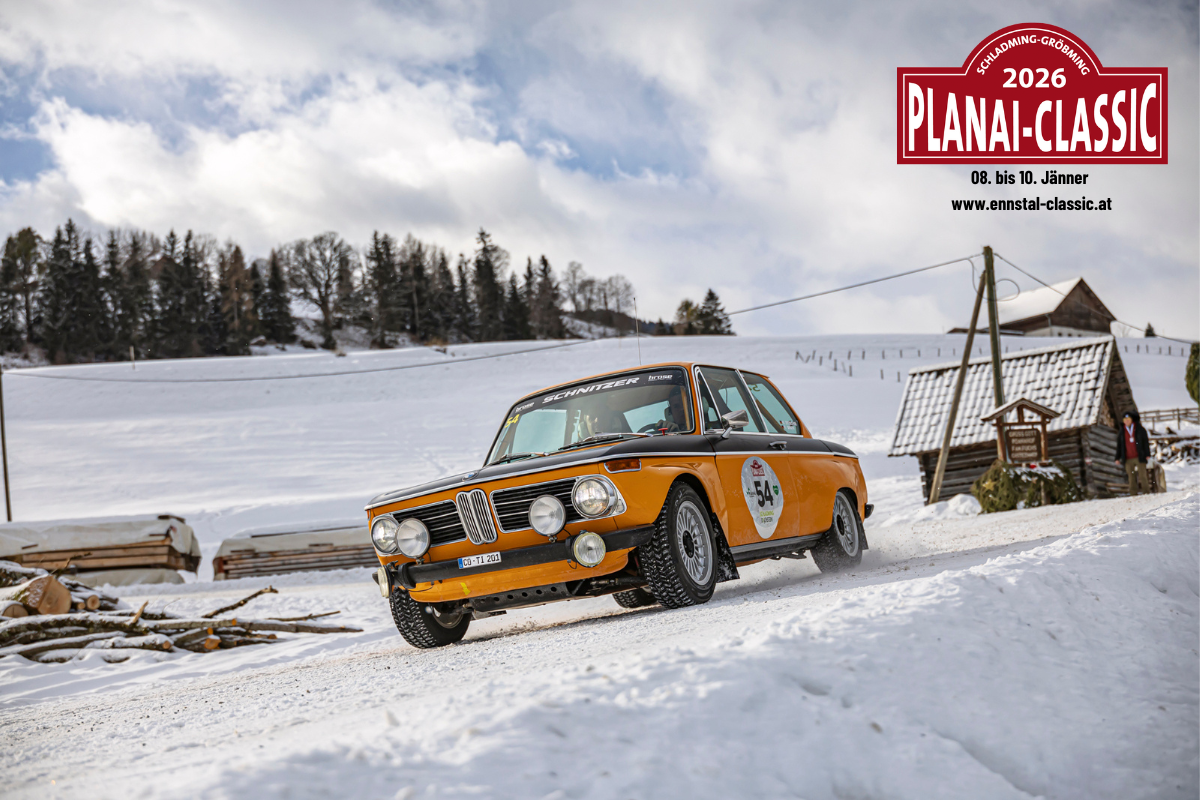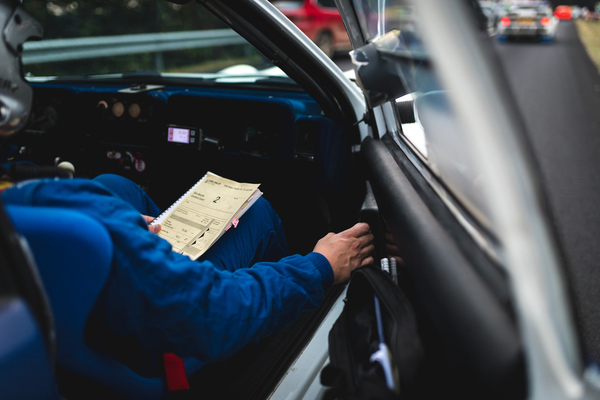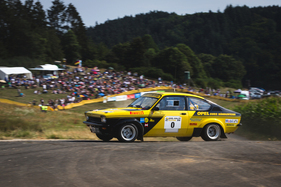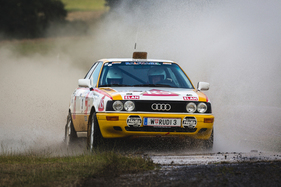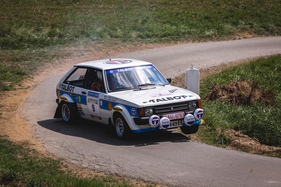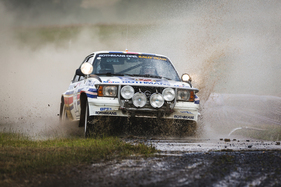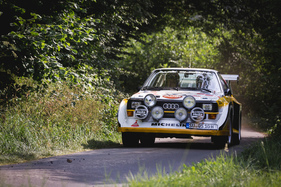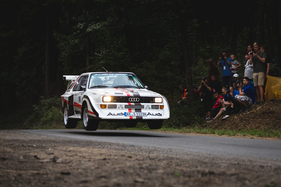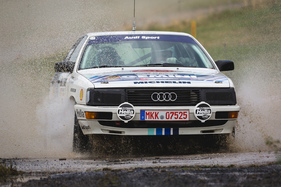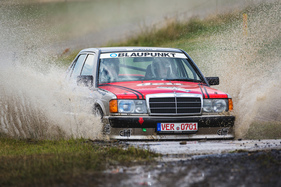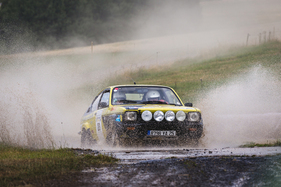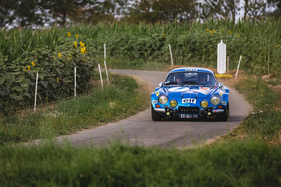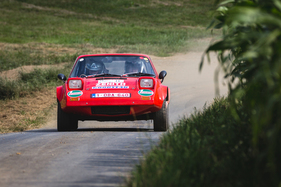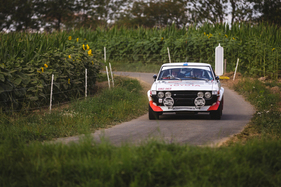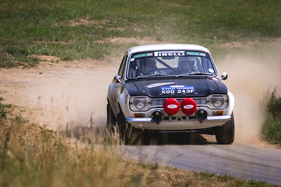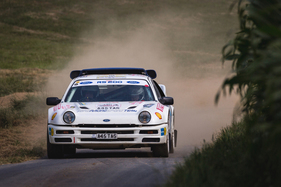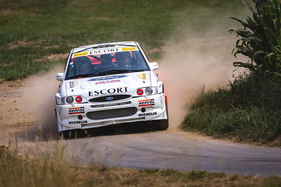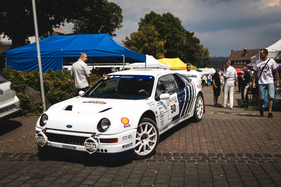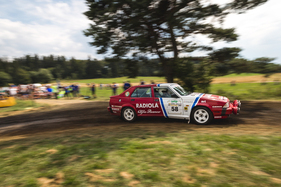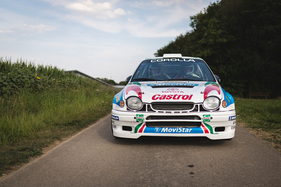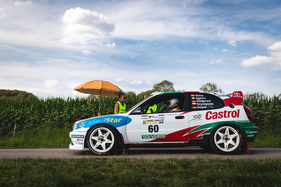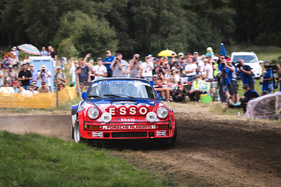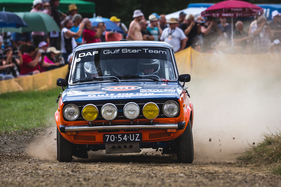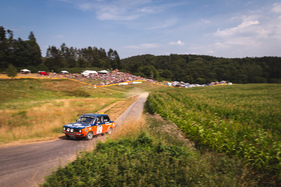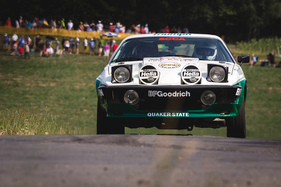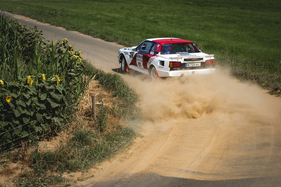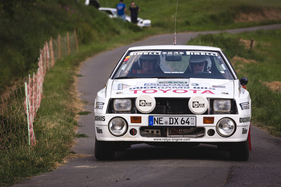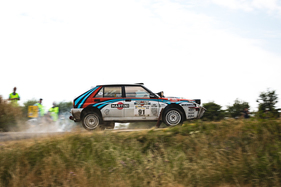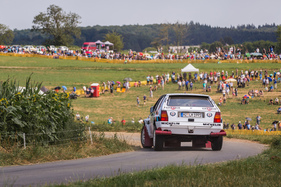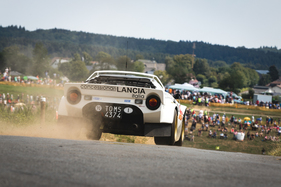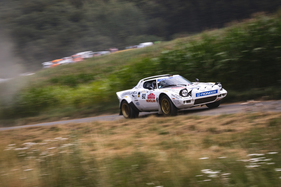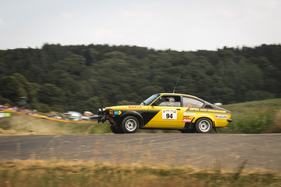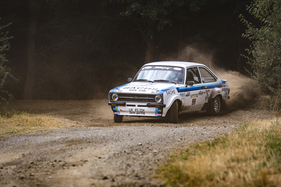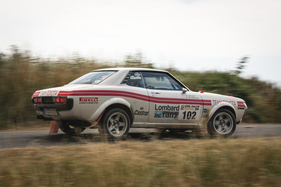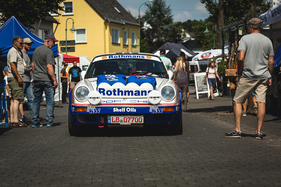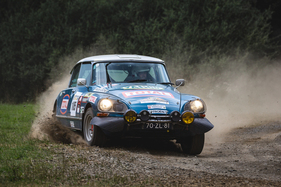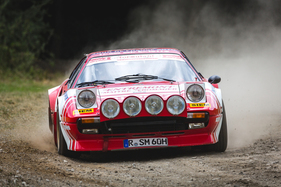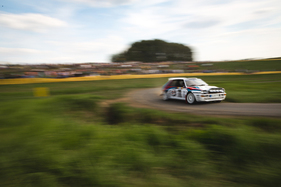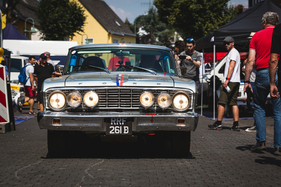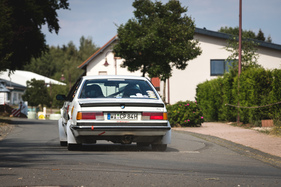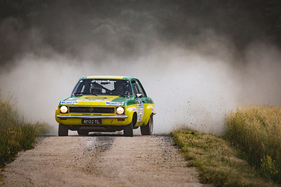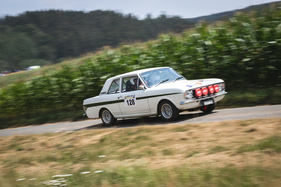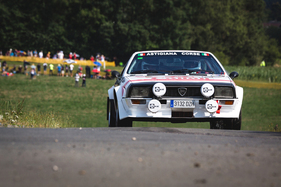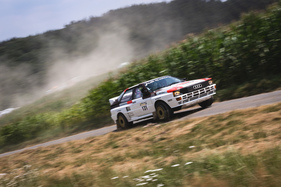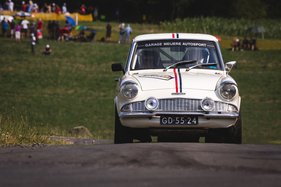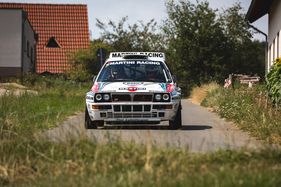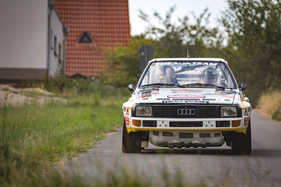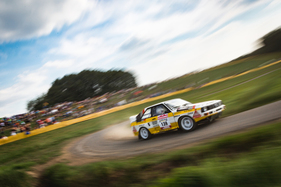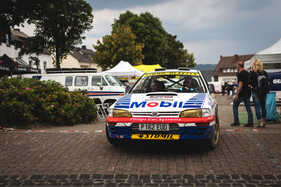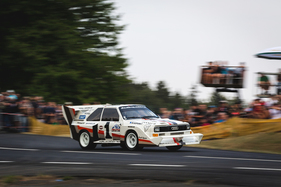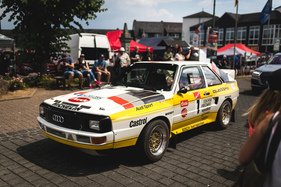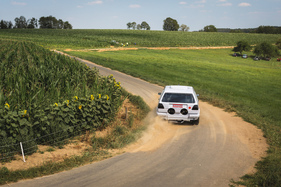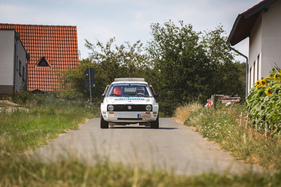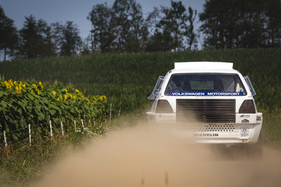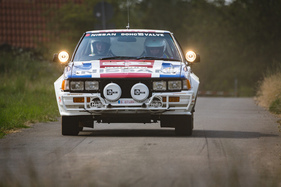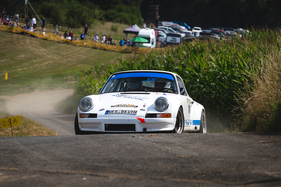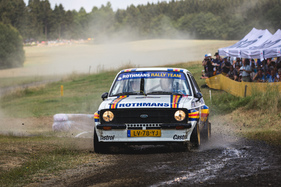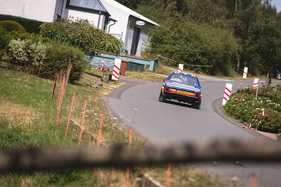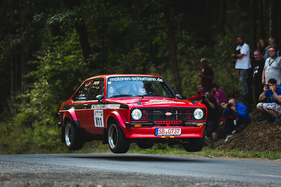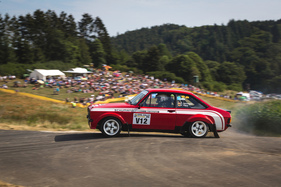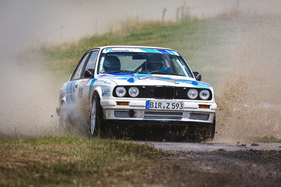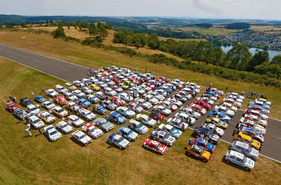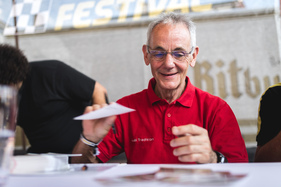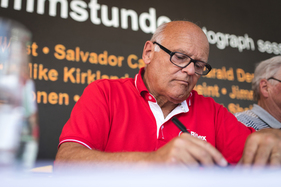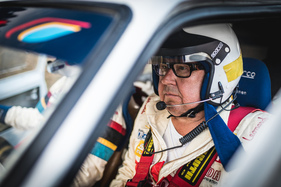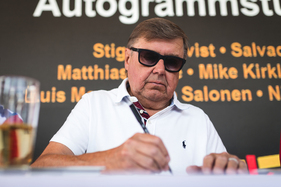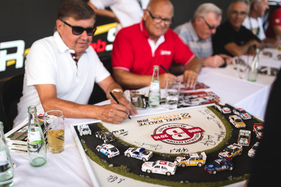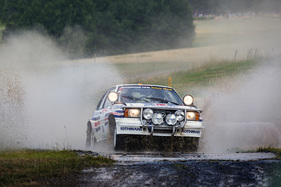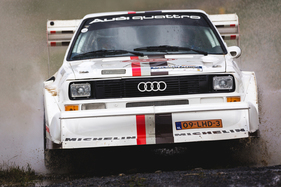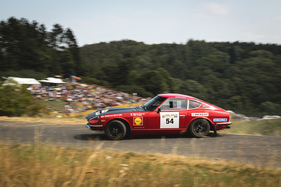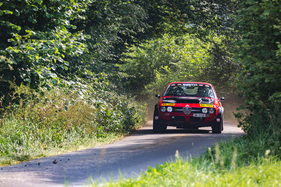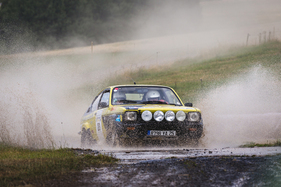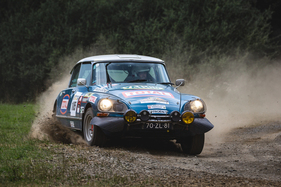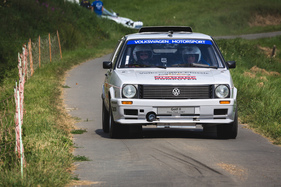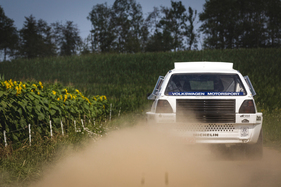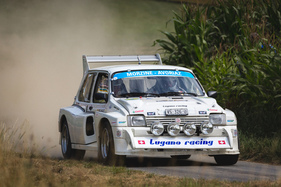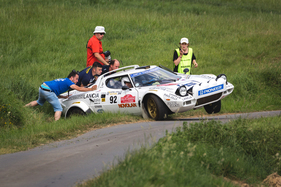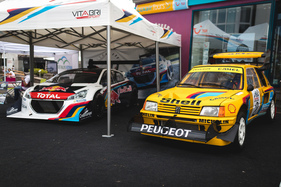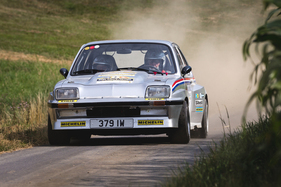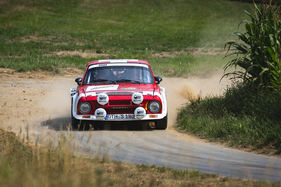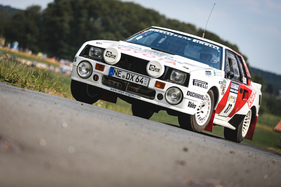For the eighth time, Daun in the Vulkaneifel region became the center of the historic rally scene on 19-21 July 2018 with the ADAC Eifel Rallye Festival. And as in previous years, the weather cooperated and the spectators came in droves, even if it seemed that there were at most the same number as in previous years.
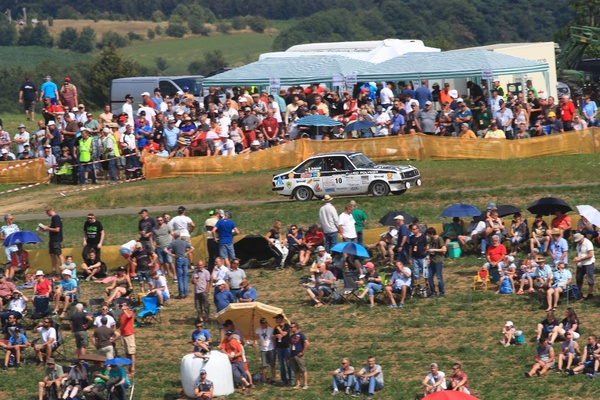
Slightly modified "route"
The organizers of the Eifel Rallye Festival do not have to reinvent themselves every year, the success proves the basic recipe right. But minor modifications are definitely welcome, such as the choice of the new shakedown location in Darscheid (Maubach Arena), which was easily visible to the spectators and gave the event a positive new accent.
Impressive field of vehicles
Over 160 vehicles were registered for the festival in the Vulkaneifel region, and most of them, selected by Slowly Sideways boss Reinhard Klein, actually took part. As always, they were divided into three vehicle groups, namely originals, i.e. historic rally vehicles, "Slo1", which are replica rally vehicles close to the historic original, and "Slo2", which are reminiscent of historic rally vehicles but deviate from the original.

With 55 original cars, 76 Slo1 and 27 Slo2 vehicles, the rally festival presented a very faithful representation of earlier rally events.
Audi was most strongly represented (22 vehicles), followed by Ford (21), Lancia (13), Opel (12) and Mercedes-Benz and Peugeot (8 each). Volvo (1), Saab 81), Mini/Austin (1), Datsun (1), Fiat (1) and Citroën were rather underrepresented. After all, all of these brands have an impressive rally tradition.
However, around 80 percent of the cars were from the seventies and eighties, with Ford, Opel, Lancia, Peugeot and Audi dominating the field.
Of course, some Alpine-Renault, Alfa Romeo and Toyotas also provided a welcome splash of color.
All in all, the field of vehicles on the route certainly showed an impressive cross-section of the rally history of the last 50 years or so.
The twin-engine
Certainly unique in Daun was the fact that two VW Golf twin-engine models were at the start. Between 1985 and 1987, Volkswagen competed three times in the "Race to the Clouds" at Pikes Peak, with two cars, one driver - Jochi Kleint - and six engines. In 1985, two 1.8-liter naturally aspirated engines with a combined 400 hp powered the Golf up the mountain. The result was a third place and the "Rookie of the Year" award.
The following year, the 1.8-liter naturally aspirated engines were replaced by turbocharged 1.3-liter Polo four-cylinder engines. However, 500 hp was not enough for a top place.
A completely new Golf was then built in 1987. With a tubular trellis frame and two longitudinally installed GTI 16V turbo engines, which were shifted via Hewland F2 gearboxes, it was a far cry from the standard model. However, a defect then prevented a top position.
The 86 and 87 versions could be admired driving at the Rallye Festival, with Jochi Kleint again at the wheel. The passenger seats were auctioned off. However, Kleint said: "I will take care of both cars on the festival stages so that these irretrievable originals are preserved." And so the spectators were denied the really big show.
The problem of expensive cars
In general, the owners of expensive originals are naturally comparatively cautious. This is understandable, as former works cars in groups 2, 4 or B can easily cost EUR 200,000 or even significantly more today. Technical components are rare, especially in Group B cars built in minimal numbers, and repairs are correspondingly expensive. Some people like to take it easy on their cars, which is why cheaper replicas with an Opel or Ford badge on the front are mainly bought for the big rally show.
Some drivers, however, let it rip, which didn't always turn out as smoothly as hoped and probably caused some owners a lot of repair work.
However, not everyone saw it that close. The driver of the Seat prototype with two engines was so taken with the event that he not only drove the parade, but also the entire program.
Pikes Peak at the parade
One of the themes of the 2018 edition of the Eifel Rallye Festival, as documented by the Golf Bimotor models, was the homage to Pikes Peak.
However, not all of the expected models were on site, for example the Peugeot 405 T16 was missing due to technical problems. And the 205 T16 could only be admired in Daun and primarily standing up. Other famous Pikes Peak cars were missing. Nevertheless, an interesting topic, but of course somewhat tricky to program due to the lack of alternatives.
Rally heroes on site
As every year, there were well-known rally personalities in and around the cars. Stig Blomqvist climbed into a Ford Sierra RS Cosworth, Timo Salonen into the Peugeot 205 T16 and Harald Demuth put the spurs to the Audi Sport Quattro.
Jimmy McRae had brought a Vauxhall Chevette HSR to Daun, the Austrian Rudi Stohl sat in an Audi 90 Quattro. And Matthias Kahle stepped on the gas in a Skoda 130 RS, to name just a few examples. But one was missing, Walter Röhrl has not been there since 2016. What a shame, really.
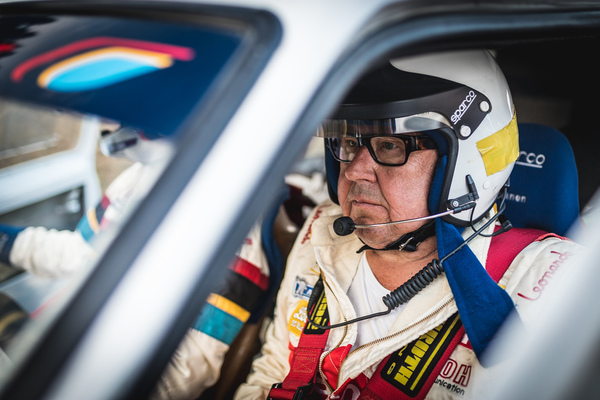
A word about Timo Salonen. The Finnish racing driver won the World Rally Championship for Peugeot in 1985 without conforming to the typical image of a sportsman. In fact, he was slightly overweight, smoked heavily and wore heavily corrective glasses. However, none of this prevented him from stepping on the gas and becoming the most successful rally driver of the Group B era with seven victories.
Winner even without best times
Although the Eifel Rallye Festival does not have a time classification, there were some beaming winners at the grand rally party finale on Saturday evening. Six prizes, each a beautiful model car diorama, were presented. The 'Sideways Star' was awarded to Marcel Baldauf/Silke di Clemente in the BMW 325, presented by Stig Blomqvist.
Sven and Dirk Braune received the prize for 'Best Replication' for their Škoda 180 RS from Jochi Kleint. Harald Demuth presented Ihle Motorsport with the 'Best Original' prize for the best original for the VW Golf Bi-Engine from 1986, which had been perfectly restored to its original condition.
The Toyota Celica TCT of Gerd Dicks and Dani Portela was voted their favorite by the rally stars present and received the "Champion's Choice" award.
The "Special Prize" went to the Austrian Reini Sampl. During his appearance in the Audi TT in the lead car group, the wheelchair driver clearly demonstrated that a person with a handicap can not only have a lot of fun in life, but also in active motorsport. He received the trophy from Yvonne Mehta. The highlight of the evening was the presentation of the "Rallying Ambassador" award, with father Jimmy receiving the prize from John Davenport on behalf of the McRae rally family with Jimmy, Colin and Alister.
Relaxed atmosphere
Because it's not about best times, but only about "good looks" and photogenic moments, the atmosphere on site is always correspondingly relaxed. This was once again the case in 2018, and perhaps even more so than in previous years. The good weather (it only rained briefly once) may have contributed to this, as did the good organization with over 700 volunteers. Summit owner Jochi Klein was delighted: "Our beautiful sport is kept alive here in a way that is more than impressive. The family atmosphere and the gigantic appearance in the middle of the city, that's a really great house number!"



